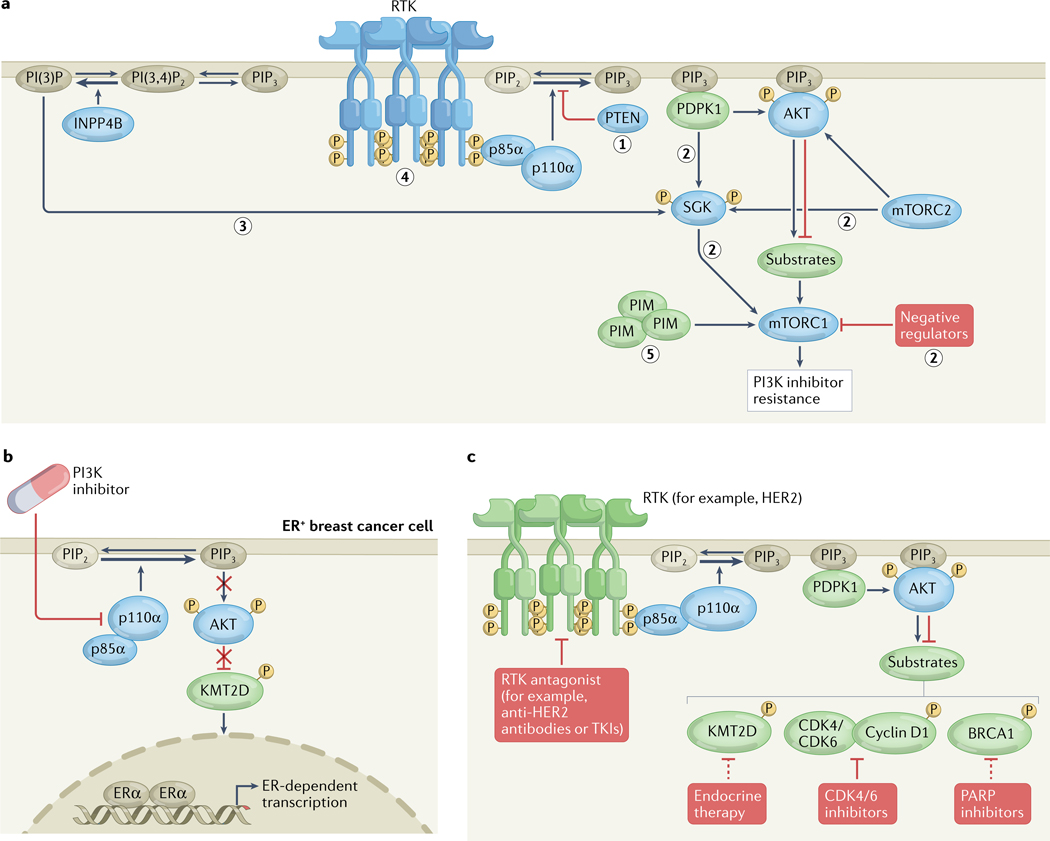Fig. 3 |. Signalling and epigenetic mechanisms limiting the efficacy of PI3K inhibitors.
a | Classes of signalling resistance mechanisms to phosphatidylinositol 3-kinase (PI3K) inhibitors include (1) PTEN mutation, (2) AKT-independent activation of mTOR complex 1 (mTORC1) signalling by alternative kinases or via loss of negative regulators (such as subunits of the TSC complex), (3) INPP4B amplification leading to phosphatidylinositol 3-phosphate (PI(3)P)-mediated SGK signalling, (4) receptor tyrosine kinase (RTK) amplification or mutation, and (5) mTORC1 activation through crosstalk with other signalling pathways. b | Adaptive resistance mechanism to PI3K inhibitors in oestrogen receptor-positive (ER+) breast cancer cells, whereby PI3K inhibition decreases AKT phosphorylation of the histone H3 lysine 4 (H3K4) monomethyltransferase KMT2D, leading to KMT2D activation, H3K4 methylation and an open chromatin state at gene enhancers, and thus to increased ER-dependent transcription. c | Key targets (shown in green) upstream and downstream of PI3K–AKT that, when inhibited, might overcome resistance to PI3K pathway inhibitors. mTORC2, mTOR complex 2; PI(3,4)P2, phosphatidylinositol 3,4-bisphosphate; PIP2, phosphatidylinositol 4,5-bisphosphate; PIP3, phosphatidylinositol 3,4,5-trisphosphate; TKIs, tyrosine kinase inhibitors.

